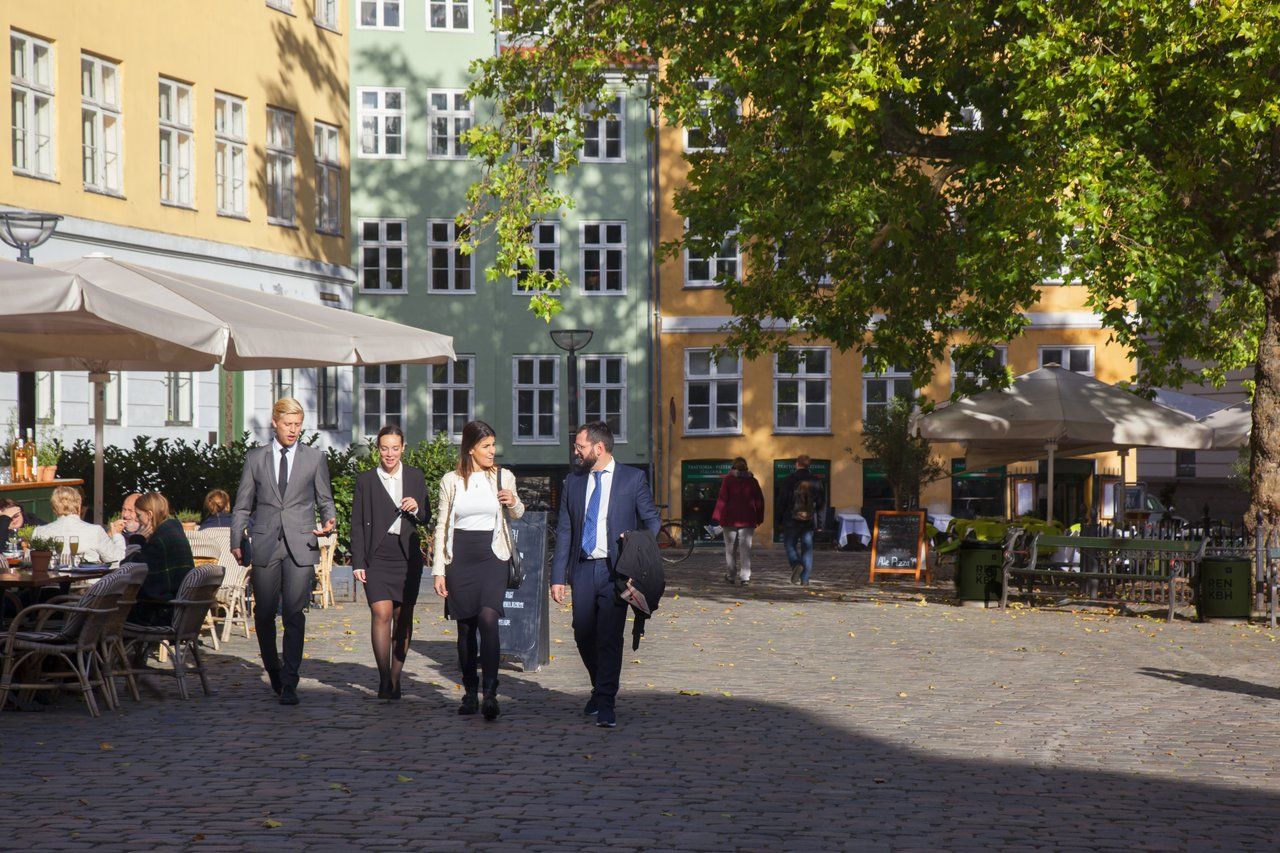After several flat years, the rentals of summerhouses and other holiday properties are going at such a rate they could top the record number achieved in 2007. Danes and Germans are leading the pack of those who want to holiday in Denmark, creating an upswing after five long years of flat rentals.
“This may be the best year for holiday house rentals ever,” Kaj Frederiksen, the head of the holiday home association, told Jyllands-Posten newspaper.
“We are busier than we have been for several years and, at the current pace, we could approach or break the record.”
However, Frederiksen cautioned that we will probably not know until well into the high season: the month of July.
Sunny days help
Last summer’s hot and dry weather has encouraged German renters and inspired Danes to opt for a 'staycation' close to home.
READ MORE: Fewer German tourists visiting Danish summer houses
“The early part of this season has also been warm and mild,” said Frederiksen.
“Last Easter, there was snow on Bornholm, but the weather this year was fine, which creates interest in staying home.”














